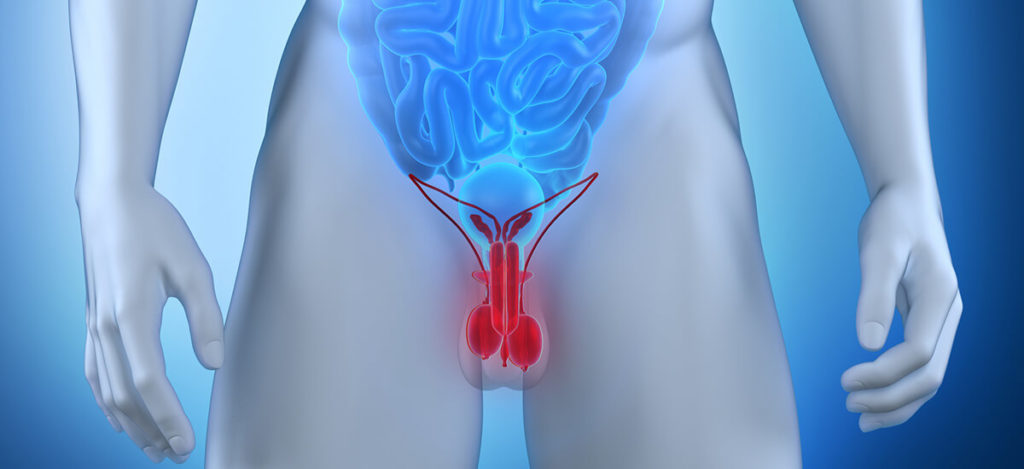RATIONALE: Chemoprevention therapy is the use of certain substances to try to prevent the development of cancer. Applying topicalimiquimod before abnormal cervical cells are removed may be effective in preventing cervical cancer.
RATIONALE: Chemoprevention therapy is the use of certain substances to try to prevent the development of cancer. Applying topicalimiquimod before abnormal cervical cells are removed may be effective in preventing cervical cancer. PURPOSE: Randomizedphase II trial to study the effectiveness of applying topical imiquimod before abnormal cervical cells are removed in preventing cervical cancer in patients who have recurrent or persistent cervical neoplasia. Condition – Cervical Cancer Study Type: InterventionalStudy Design: Prevention Official Title: Phase II Randomized Chemoprevention Study of Topical Imiquimod Preceding Local Ablative or Excisional Therapy in Patients With Recurrent or High-Grade Cervical Intraepithelial Neoplasia Further Study Details: OBJECTIVES:Compare the chemopreventive efficacy of topical imiquimod followed by local ablative or excisional therapy vs ablative/excisional therapy alone in patients with recurrent or high-grade cervical intraepithelial neoplasia. Compare the toxicity of these regimens in these patients. Compare the quality of life of patients treated with these regimens. Determine the safety and tolerability of imiquimod in these patients. OUTLINE: This is a randomized, multicenter study. Patients are stratified according to participating center, disease (primary vs recurrent or persistent), severity of dysplasia (grade I vs grade II vs grade III), current tobacco use (yes vs no), planned surgical procedure (excisional vs laser vs cryotherapy vs other), and time since first abnormal Pap smear, including pathology of ascus favor dysplasia (less than 1 year vs 1-3 years vs more than 3 years). Patients are randomized to one of two treatment arms. Arm I: Patients undergo ablative or excisional therapy. Arm II: Patients have topical imiquimod applied to the cervix for 6-10 hours twice weekly for a total of 5 doses. Within 3-4 weeks after the final application, patients undergo ablative or excisional therapy. Quality of life is assessed at baseline, after last dose of study drug (arm II only), 3-5 days after ablation or excisional therapy, at 3 months, and then annually thereafter. Patients are followed every 3-4 months until 2 consecutive normal Pap smears or colposcopic exams, every 6 months for 2 years, and then annually until 5 years after completion of study therapy. PROJECTED ACCRUAL: A total of 66-152 (33-76 per treatment arm) will be accrued for this study within 18 months. Eligibility Ages Eligible for Study: 18 Years and above, Genders Eligible for Study: Both Criteria DISEASE CHARACTERISTICS:Histologically confirmed primary grade II or III cervical intraepithelial neoplasia (CIN) or persistent grade I-III CIN (dysplasia that is not new and requires treatment) Squamous cell lesions not involving endocervix by colposcopy OR colposcopy with negative cytobrush or endocervical curettage No untreated cervical or vaginal infection other than human papilloma virus No desire for hysterectomy as ablative therapy PATIENT CHARACTERISTICS: Age:18 and over Performance status:Not specified Life expectancy:At least 5 years Hematopoietic:Not specified Hepatic:Not specified Renal:Not specified Other:Not pregnant or nursing Negative pregnancy test Fertile patients must use effective contraception during and for 3 months after study HIV negative No AIDS No known hypersensitivity to imiquimod No latex allergy PRIOR CONCURRENT THERAPY: Biologic therapy:Not specified Chemotherapy:Not specified Endocrine therapy:Not specified Radiotherapy:Not specified Surgery:See Disease Characteristics Other:No concurrent immunosuppressive therapy [1] North Central Cancer Treatment Group[2] National Cancer Institute (NCI)
All content and media on the HealthEngine Blog is created and published online for informational purposes only. It is not intended to be a substitute for professional medical advice and should not be relied on as health or personal advice. Always seek the guidance of your doctor or other qualified health professional with any questions you may have regarding your health or a medical condition. Never disregard the advice of a medical professional, or delay in seeking it because of something you have read on this Website. If you think you may have a medical emergency, call your doctor, go to the nearest hospital emergency department, or call the emergency services immediately.







